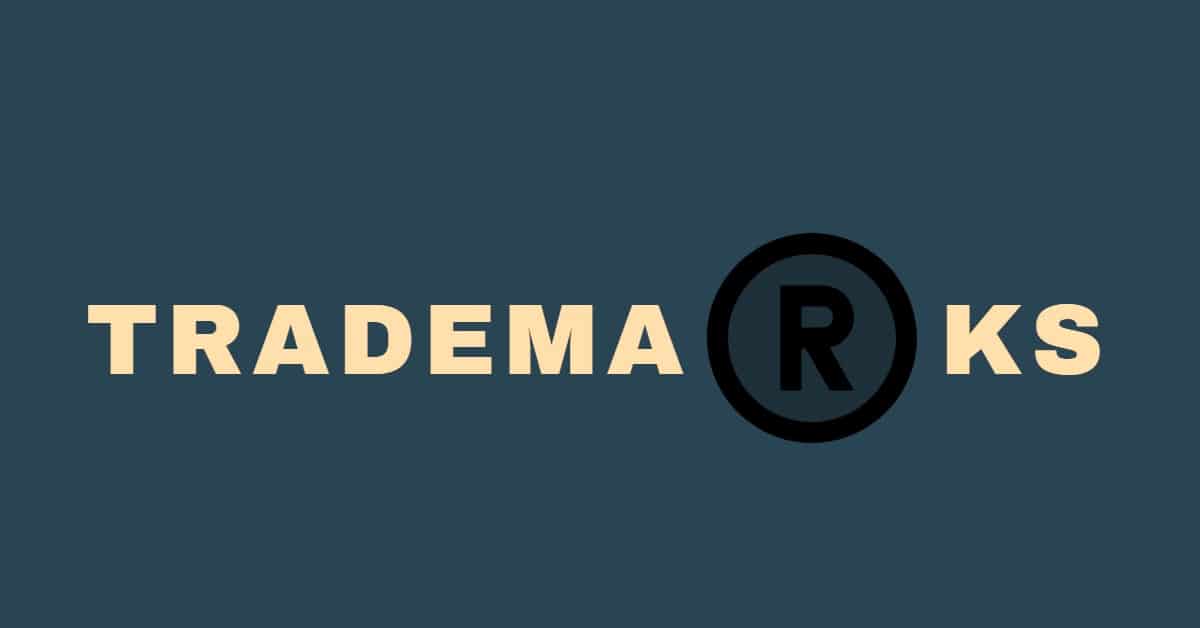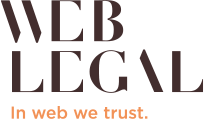New rules should help clean up bad trademarks.

There are a lot of questionable registered trademarks. Sometimes a company fudges first use dates. Other times, they submit questionable specimens of use. And on occasion, people file for fraudulent marks. I’ve written about questionable trademark applications and people using trademarks to frontrun new top level domains.
Thanks to the Trademark Modernization Act of 2020, it’s about to be easier to challenge granted trademarks.
The U.S. Patent and Trademark Office sums up the issue that the act addresses:
In order to have a well-functioning trademark system, the trademark register should accurately reflect trademarks that are currently in use… When the register includes marks that are not currently in use, it is more difficult for legitimate businesses to clear and register their own marks. Id. It has become apparent in recent years that registrations are being obtained and maintained for marks that are not properly in use in commerce... Moreover, this “cluttering” has real-world consequences when the availability of marks is depleted…
The House Report also noted that “[a] recent rise in fraudulent trademark applications has put further strain on the accuracy of the federal register. Although trademark applications go through an examination process, some of these forms of fraud are difficult to detect in individual applications (even if patterns of fraud can be seen across multiple applications), leading to illegitimate registrations. Although the USPTO can try to develop better systems to detect fraud during the examination process, its authority to reconsider applications after registration is currently limited.”
There will now be two mechanisms to challenge trademarks that should be easier and less expensive than current challenges. The USPTO summarizes these in the final rule publication:
The two new ex parte proceedings created by the TMA—one for expungement and one for reexamination—provide new mechanisms for removing a registered mark from the trademark register, or cancelling the registration as to certain goods and/or services, when the registrant has not used the mark in commerce as of the relevant date required by the Act. In an expungement proceeding, the USPTO must determine whether the evidence of record supports a finding that the registered mark has never been used in commerce on or in connection with some or all of the goods and/or services recited in the registration. In a reexamination proceeding, the USPTO must determine whether the evidence of record supports a finding that the mark registered under section 1 of the Act was not in use in commerce on or in connection with some or all of the goods and/or services as of the filing date of the application or amendment to allege use, or before the deadline for filing a statement of use, as applicable. If the USPTO determines that the required use was not made for the goods or services at issue in the proceeding, and that determination is not overturned on review, the registration will be cancelled in whole or in part, as appropriate.
These easier mechanisms might help reduce bad faith UDRP filings. A domain name owner now has an easier way to challenge a trademark used as the basis for a UDRP, which might give Complainants pause before filing a case with a trademark that could be challenged.
Post link: It’s about to be easier to challenge trademarks
© DomainNameWire.com 2021. This is copyrighted content. Domain Name Wire full-text RSS feeds are made available for personal use only, and may not be published on any site without permission. If you see this message on a website, contact editor (at) domainnamewire.com. Latest domain news at DNW.com: Domain Name Wire.
Related posts:
Go to Source
Author: Andrew Allemann




